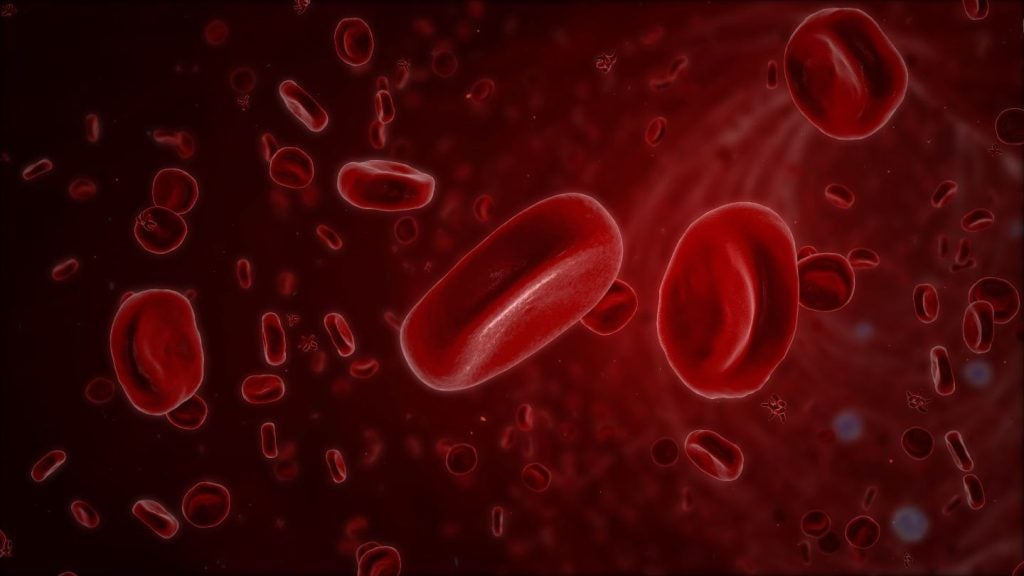A new published study has shown that Altamira Therapeutics' SemaPhore technology used with superoxide dismutase 2 (SOD2) mRNA has successfully treated abdominal aortic aneurysm (AAA) in a mouse model.
Preclinical data showed a significant reduction in aorta dilation, delayed rupture, and a highly significant improvement in survival rates compared to untreated controls in mice with AAA who had been treated with SOD2 mRNA delivered systemically with peptide-based nanoparticles.
Altamira’s SemaPhore technology uses nanoparticles to deliver mRNA – specific genetic instructions – into cells. These nanoparticles protect the mRNA as it travels through the body and help it enter the target cells.
An AAA is a localised enlargement of the lower part of the aorta, the major blood vessel that supplies blood to the body. This can lead to life-threatening internal bleeding if it ruptures. SOD2 is an enzyme that reduces harmful reactive oxygen species (ROS), and in AAA, high ROS levels cause inflammation and damage to the artery wall. Boosting SOD2 could reduce ROS, which can slow AAA progression and prevent rupture.
The company was founded in 2003 and is headquartered in Hamilton, Bermuda, with its main operations in Basel, Switzerland. It currently has two preclinical siRNA programmes which use its SemaPhore technology: AM-401 for KRAS-driven cancer and AM-411 for rheumatoid arthritis.
Altamira’s chief scientific officer and co-author of the study Samuel Wicklin said: “Using SOD2 mRNA to modulate oxidative stress appears a very promising approach in various challenging cardiovascular disorders such as abdominal aortic aneurysm or atherosclerosis and in other inflammatory or degenerative disease where ROS is a critical disease driver.”
A spotlight has been on nanomedicine following the success of lipid nanoparticle-based Covid-19 vaccines. In January 2024, Roche’s Genentech teamed up with biotech GenEdit to use the latter company’s non-viral delivery platform for gene editing therapies. The platform uses non-viral, non-lipid hydrophilic nanoparticles (HNPs) for targeted in vivo delivery.
As well as drug delivery, nanoparticles are also used in diagnostics. Researchers at the Massachusetts Institute of Technology (MIT) recently developed a new lung cancer test where patients inhale nanoparticles from a nebuliser or asthma inhaler, and then test their urine on a paper test strip. The team plans to conduct clinical trials in the future.















